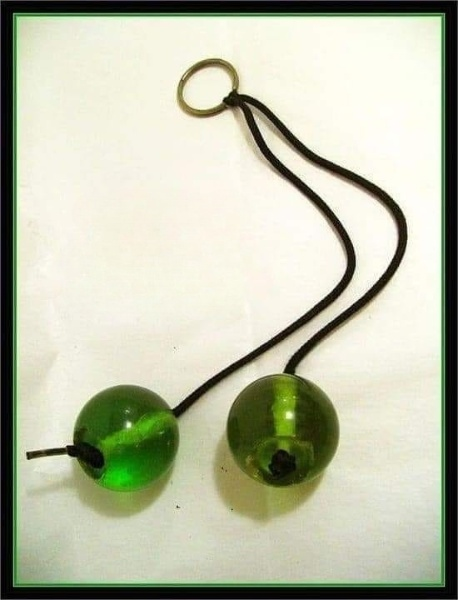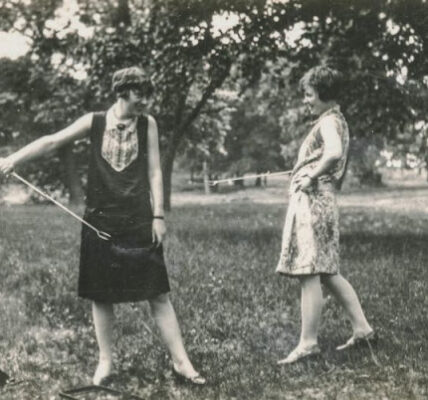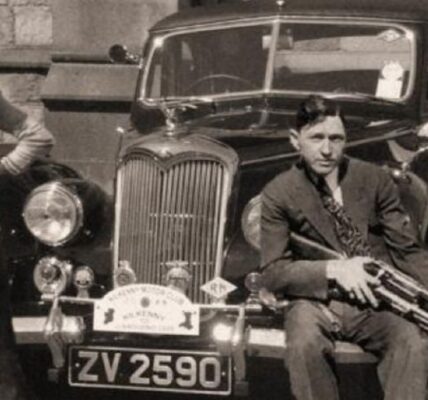The exploding toy from the 1970s that is responsible for a generation of helicopter parents-s1
Ah, the late 1960s and early 1970s—a time of bold trends, vibrant music, and a surprising toy craze that made an unforgettable impact: Clackers. Known by various names like Clankers, Ker-Bangers, and Latto-Latto, this simple yet thrilling toy captivated children worldwide with its ear-splitting clacking sound. However, these noisy toys weren’t just about fun; they were also notorious for safety concerns, which ultimately led to their ban. Let’s take a deep dive into the fascinating history, cultural impact, and eventual downfall of Clackers.
What Are Clackers? Understanding the Basics
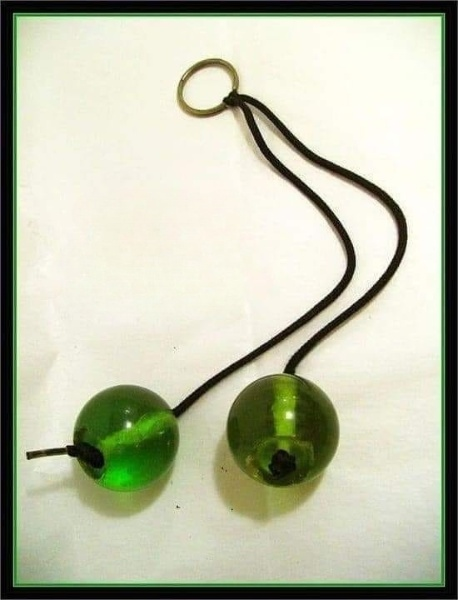
So, what exactly are Clackers? Imagine two hard spheres, each about two inches in diameter, connected by a sturdy string to a finger tab. Players would hold the tab, swing the balls up and down, and create a distinctive, rapid “clacking” sound as the spheres collided. Sounds simple, right? Yet, mastering Clackers required a mix of skill, hand-eye coordination, and a lot of patience. With enough practice, players could make the balls clack above and below their hands, producing a rhythmic and mesmerizing sound that was addictive to both players and bystanders.
Initially made from tempered glass, Clackers were prone to shattering upon strong impact, turning them into dangerous projectiles. By the early 1970s, manufacturers switched to hard plastic to enhance safety, but the toy’s loud clacking and potential hazards persisted. Still, this simple toy captured the thrill-seeking spirit of kids, quickly turning Clackers into a global sensation.
The Thrill and Danger of Clackers: A Double-Edged Sword
Clackers were not just any ordinary toy—they were thrilling, challenging, and, at times, dangerous. Here’s why:
- Addictive Play: Clackers offered an irresistible appeal. The satisfying sound, coupled with the skill needed to keep the rhythm going, made them one of the most addictive toys of the era. Kids would spend hours trying to perfect their technique, often to the dismay of parents who had to endure the constant racket.
- Safety Hazards: While Clackers were marketed as a fun way to improve hand-eye coordination, their potential risks soon became apparent. Early models made from glass or hard acrylic could shatter upon impact, sending shards flying in all directions. This danger led to numerous injuries, particularly eye injuries, prompting warnings from organizations like the Society for the Prevention of Blindness.
- The Ban on Clackers: As reports of injuries mounted, the U.S. Food and Drug Administration (FDA) stepped in. Initially responsible for regulating toys under a 1966 act focused on chemical, flammability, and radioactivity hazards, the FDA broadened its scope with the Child Protection and Toy Safety Act of 1969. By 1971, new safety standards required manufacturers to conduct prescriptive testing and maintain strict records. This heavy regulation, along with growing safety concerns, led to Clackers being pulled off the market.
The Cultural Impact of Clackers
Despite their eventual ban, Clackers left a lasting cultural impact. In their heyday, these noisy toys were more than just a pastime; they were a symbol of youthful rebellion and the carefree spirit of the 1960s and 1970s. Here’s how Clackers resonated beyond just play:
- A Global Phenomenon: Clackers weren’t just popular in the U.S.; they had reached small towns in northern Italy, the Philippines, and many parts of Southeast Asia, each adopting its own version of the toy. In the small Italian province of Calcinatello, for example, there was even an annual competition dedicated to Clacker enthusiasts.
- Parody and Media Attention: The cultural obsession with dangerous toys like Clackers even found its way into popular media. One memorable example was the Saturday Night Live skit featuring Dan Aykroyd’s character, Irwin Mainway. Mainway, a sleazy toy executive, defended hazardous toys, including the fictional “Bag of Glass.” This parody highlighted the absurdity of the era’s toy safety controversies, including the Clacker craze.
- Impact on Modern Parenting Styles: The safety concerns surrounding Clackers contributed to a growing emphasis on child safety in the 1970s and beyond. The fear of hazardous toys, including Clackers, influenced the development of more cautious parenting styles, setting the stage for the “helicopter parenting” approach that emerged among Baby Boomers.
The Evolution of Clackers: From Tempered Glass to Modern Polymers
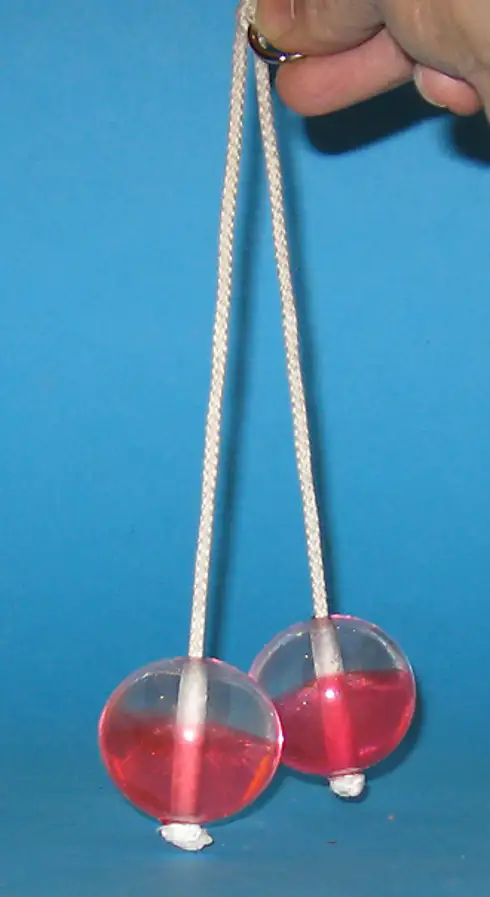
While original Clackers were made from materials like tempered glass or hard acrylic, modern versions have undergone significant changes. Advances in materials science have introduced non-shattering polymers that maintain the clacking experience without the risk of shrapnel-like projectiles. Today’s Clackers offer a safer, nostalgia-filled play experience that many adults fondly introduce to the next generation.
These modern Clackers still capture the original toy’s essence but with enhanced safety features. The material upgrades ensure that players can enjoy the rhythmic satisfaction of Clackers without worrying about potential injuries. This evolution showcases how a vintage toy can adapt to changing times while retaining its core appeal.
Why Clackers Are Still Loved Today
Despite their brief stint as a banned toy, Clackers have a devoted fan base among retro toy collectors and nostalgia enthusiasts. Here’s why they remain iconic:
- A Symbol of Simpler Times: For those who grew up in the 1960s and 1970s, Clackers are a cherished reminder of a more carefree era. They represent a time when play was simple, inventive, and a bit risky—a stark contrast to today’s digital distractions.
- Collectibility: Vintage Clackers, especially early glass or hard plastic models, have become sought-after collectibles. They serve as unique reminders of a bygone era of toy design, making them prized additions to retro toy collections.
- A Fun Throwback Toy: Modern versions of Clackers are making a comeback among those who love retro toys. They’re a fun throwback for parents who want to share their childhood experiences with their kids, minus the hazards of shattering materials.
Conclusion: Clackers—A Toy That Clacked Its Way Into History
Clackers, with their simple design and thrilling clacking noise, hold a special place in the history of toys. Despite the controversies and safety concerns that led to their ban, they represent an era of playful experimentation and a bit of reckless fun. Whether as a nostalgic memory, a collectible item, or a safer modern version, Clackers continue to clack their way into hearts, proving that some toys never truly go out of style. So, if you come across a pair of Clackers, don’t be afraid to give them a swing—just be ready for the satisfying (and much safer) clacking sound that defined a generation.
